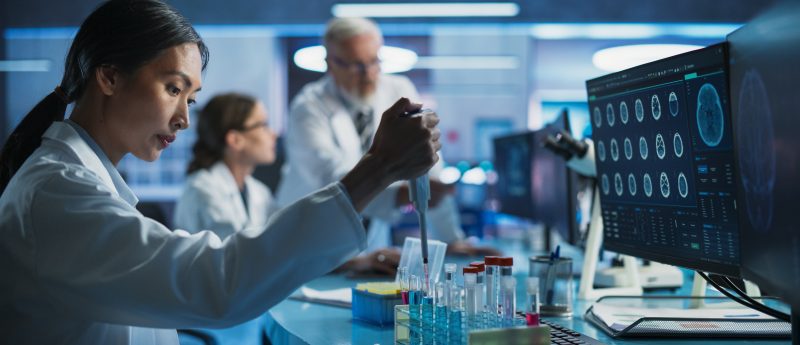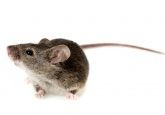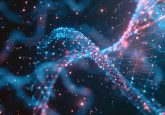Reference biosensor could help calibrate and standardize diagnostic devices

A novel reference biosensor has been developed by researchers at the National Physical Laboratory (UK) in collaboration with Chalmers University of Technology (Sweden) and the University of Tampere (Finland). The biosensor is intended to be a reproducible system that could be used in the comparison and testing of new diagnostic devices to validate claims of sensitivity and detection limits.
Many diagnostic tests, such as biosensors, are designed to carry out rapid and accurate measurement of biomolecule concentration. For example, detection of troponin in the blood strongly indicates heart damage, and can therefore help doctors diagnose heart attacks. However, there has been a lack of standards to ensure the accuracy of measurements for biosensors and similar platforms .
The research team addressed this problem by developing a novel reference biosensor, based on thiols conjugated to biotin. As a result of their selective and stable chemical interactions, avidin and biotin are often used to demonstrate the performance of new biosensors, which is why they were chosen for the new reference sensor. These molecules can be attached to a gold surface in a controlled and reproducible manner, which is useful as many techniques operate using noble metals and the biotin is capable of capturing avidin and streptavidin from solution.
The team’s biosensor produced a very stable, highly reproducible and repeatable result, demonstrating its potential as a reference sensor against which other sensors can be compared. The biosensor has another capability, the practical applications of which are not yet clear: it can determine the type of bond formed between biotin and avidin.
Reference sensors can be used to calibrate and compare the performance of new and existing biosensors, to assess the accuracy of their measurements. This, in turn, could encourage the development of novel and more accurate diagnostic technology.
Sources: Santanu R, Steven RT, Green FM et al. Neutralized chimeric avidin binding at a reference biosensor surface. Langmuir, 31(6), 1921—1930 (2015); Reference biosensor developed for calibrating diagnostic devices.





